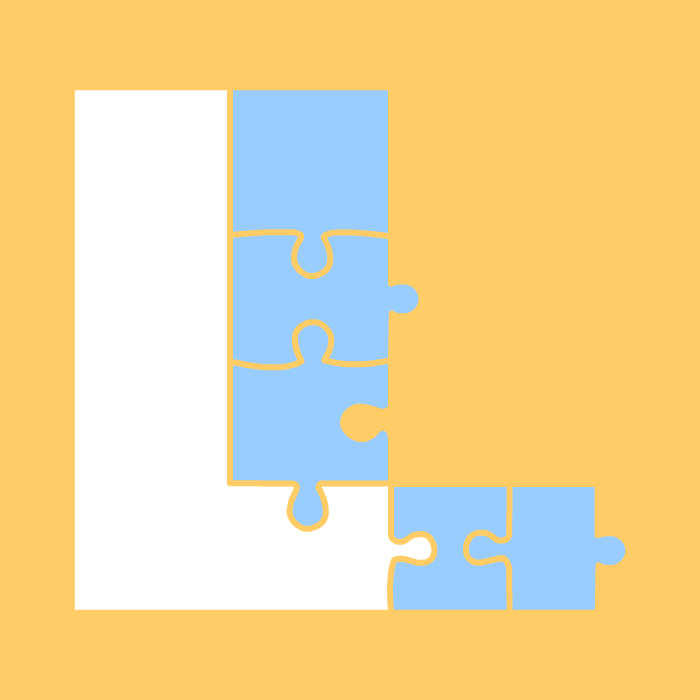Now for the Technical Fun!
Depending on your technical skill level, you may or may not be asked to create Class Diagrams. Since I enjoy programming, I also enjoy creating Class Diagrams. However, I find that most programmers or architects prefer to create the classes and have the analyst simply document them based on the code they write.
In any event, Class Diagrams are important because classes build the foundation of the system and give you the necessary information to create the Sequence Diagrams. Additionally, if the system is passed-off to another development team, these diagrams become very important. If not prepared properly the learning curve can be rather costly. Good documentation gets the architects, developers and data base administrators up to speed quickly. Digging through commented code and reviewing data structures that have not been summarized in well organized documentation sets is not fun, and is entirely unnecessary.
Check the section entitled, “Sequence Diagram” to pick-up some tips on how to document a set of classes already defined in code.
Articles Additional Resources
Check the links below to gain a better understanding of the purpose of the Class Diagram and how to create them.
Wikipedia Article on Class Diagrams
UML 2 Class Diagram Guidelines by Scott Ambler
The UML Class Diagram: Part 1 by Mandar Chitnis, Pravin Tiwari Lakshmi Ananthamurthy
